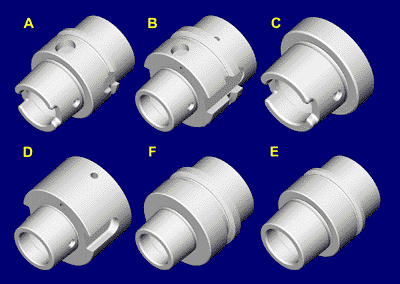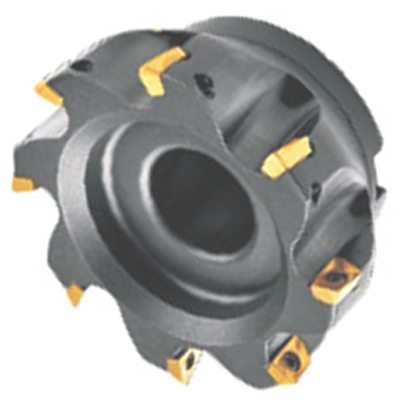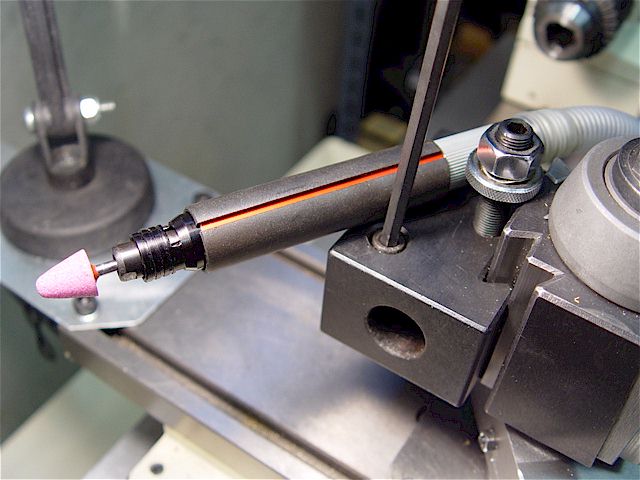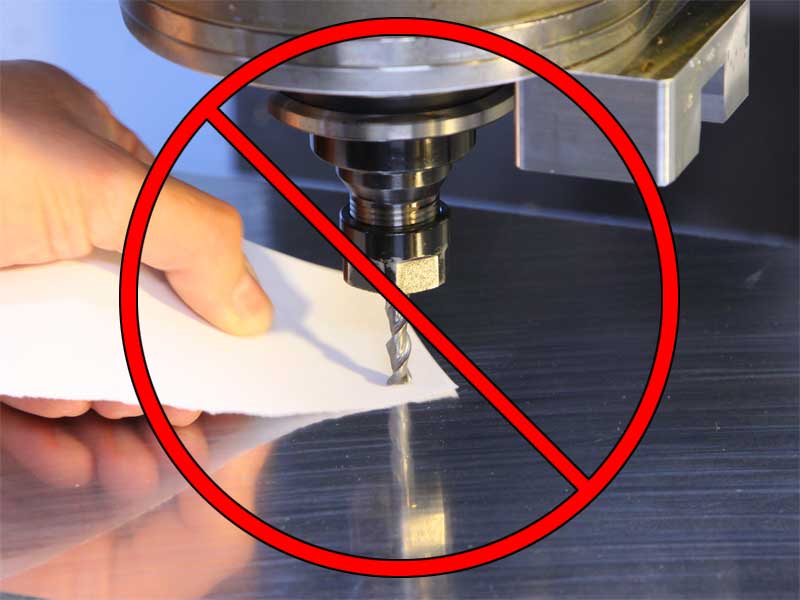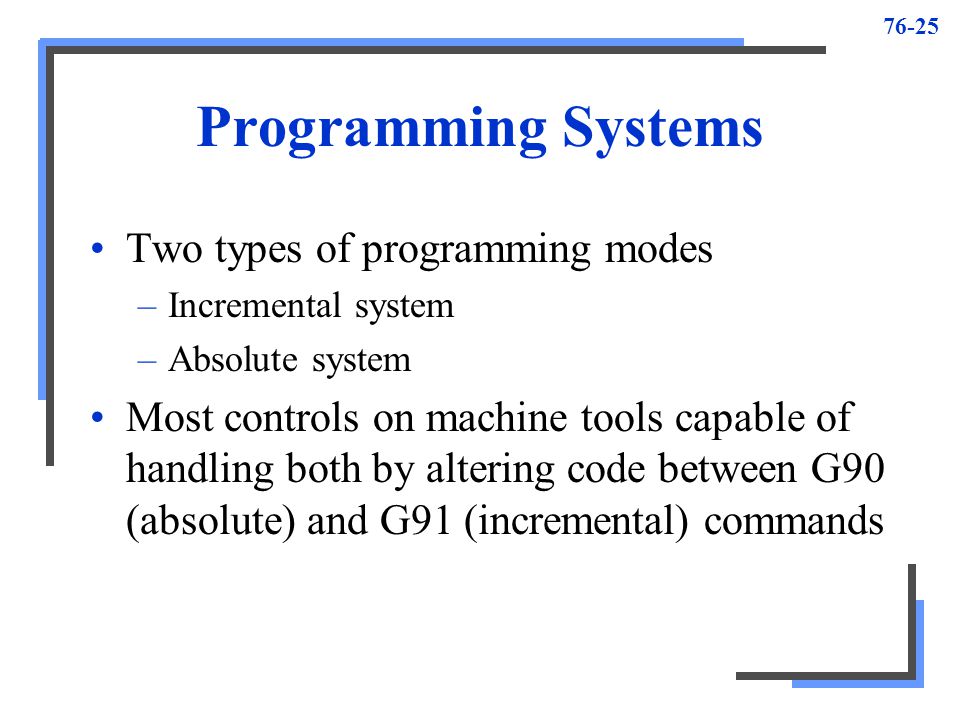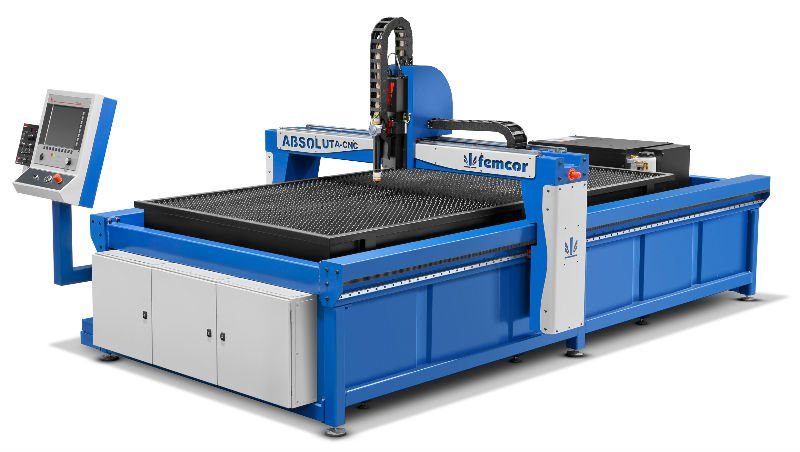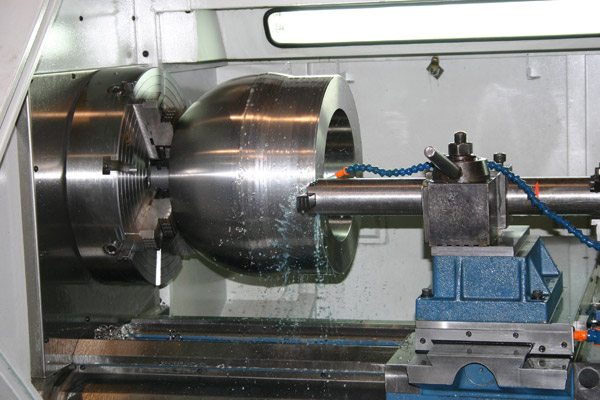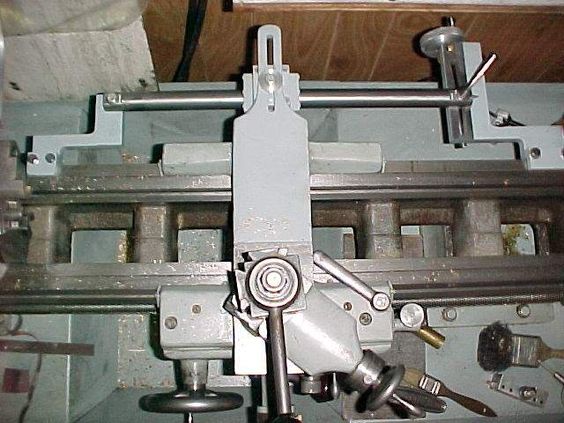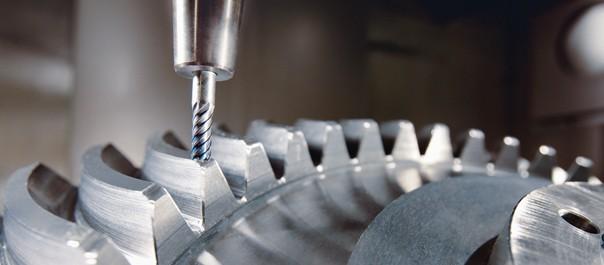HSK Shanks and Receivers: A Primer
HSK Shanks and Receivers - Introduction Speed, accuracy, precision, and faster tool changes are the benchmark and differentiating factor in the manufacturing world. Modern manufacturers are always looking for ways of improving their products in the shortest possible time. HSK shanks and receivers are tools with which these manufacturers can do just that. In order [...]

